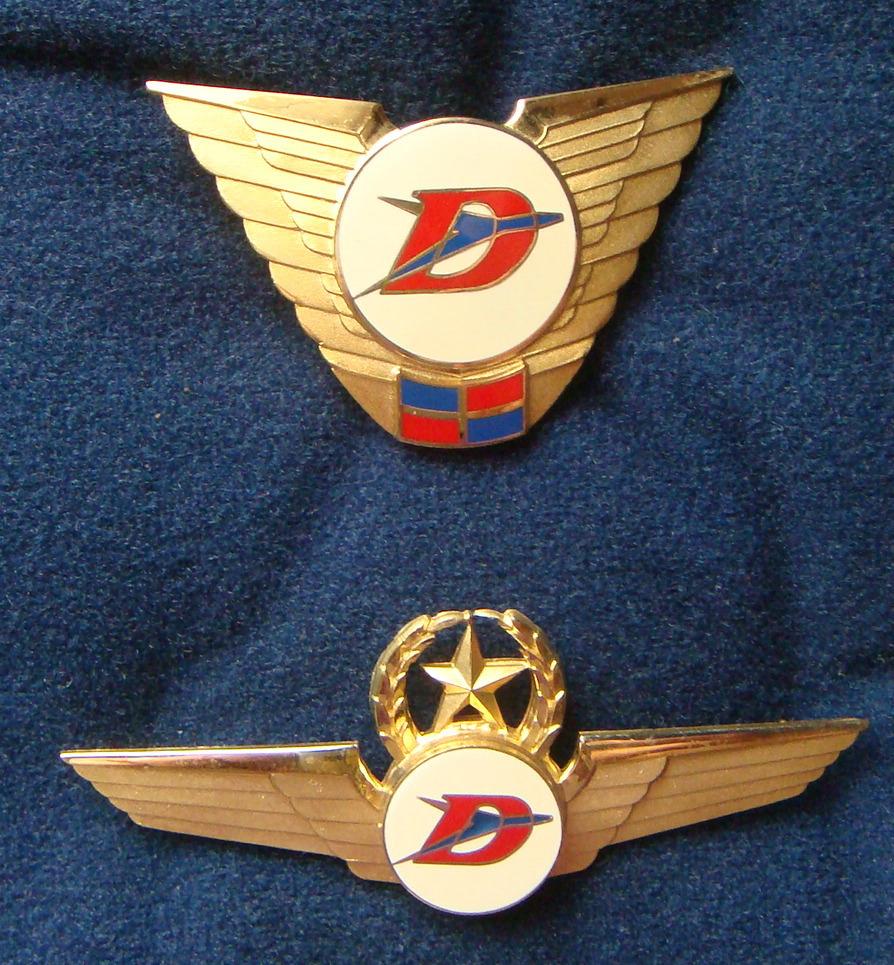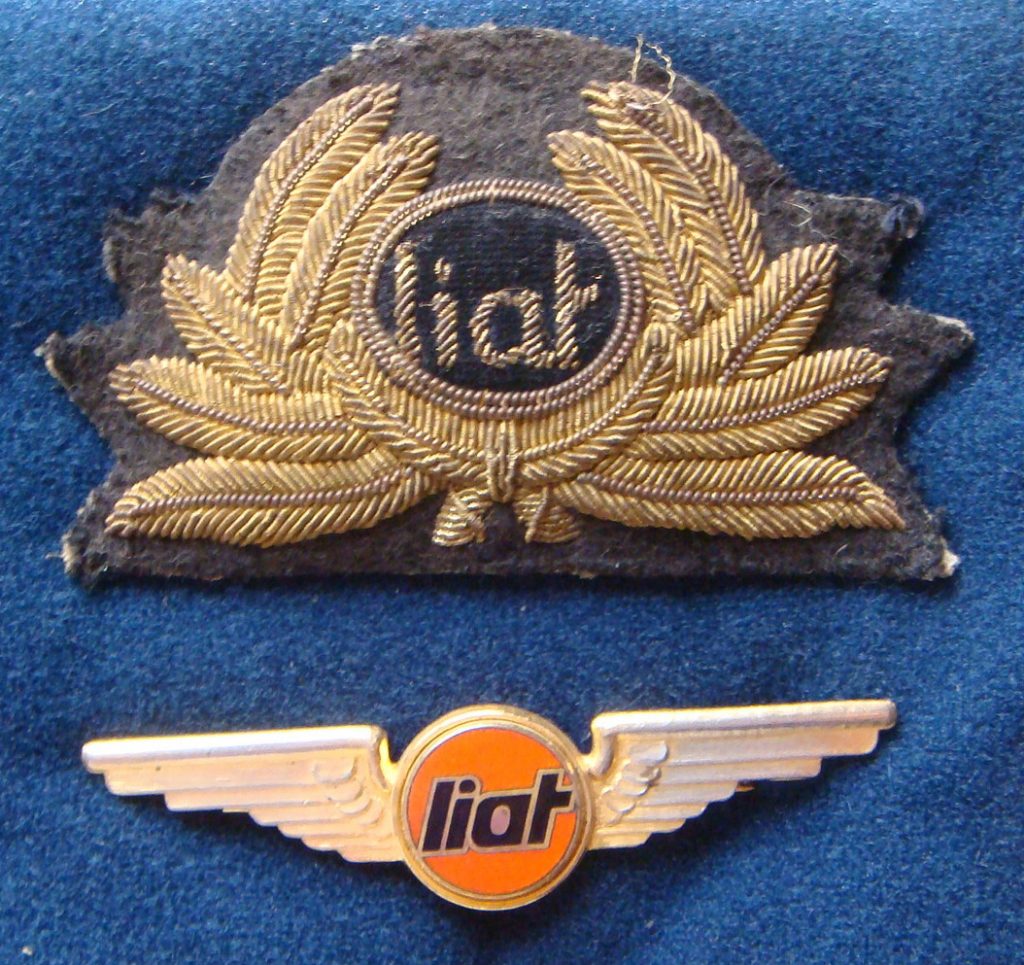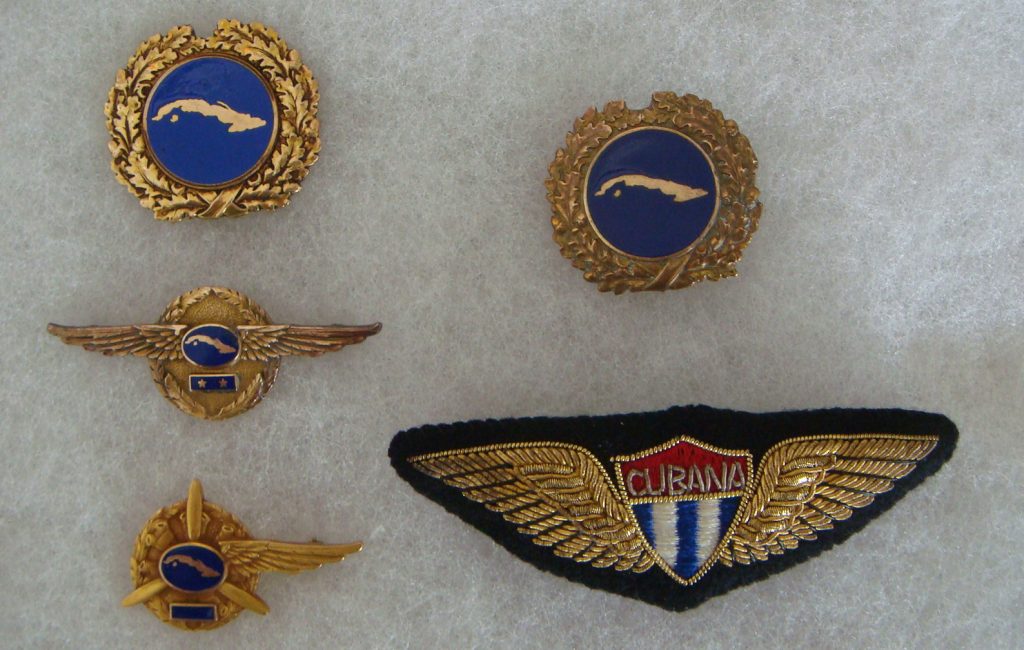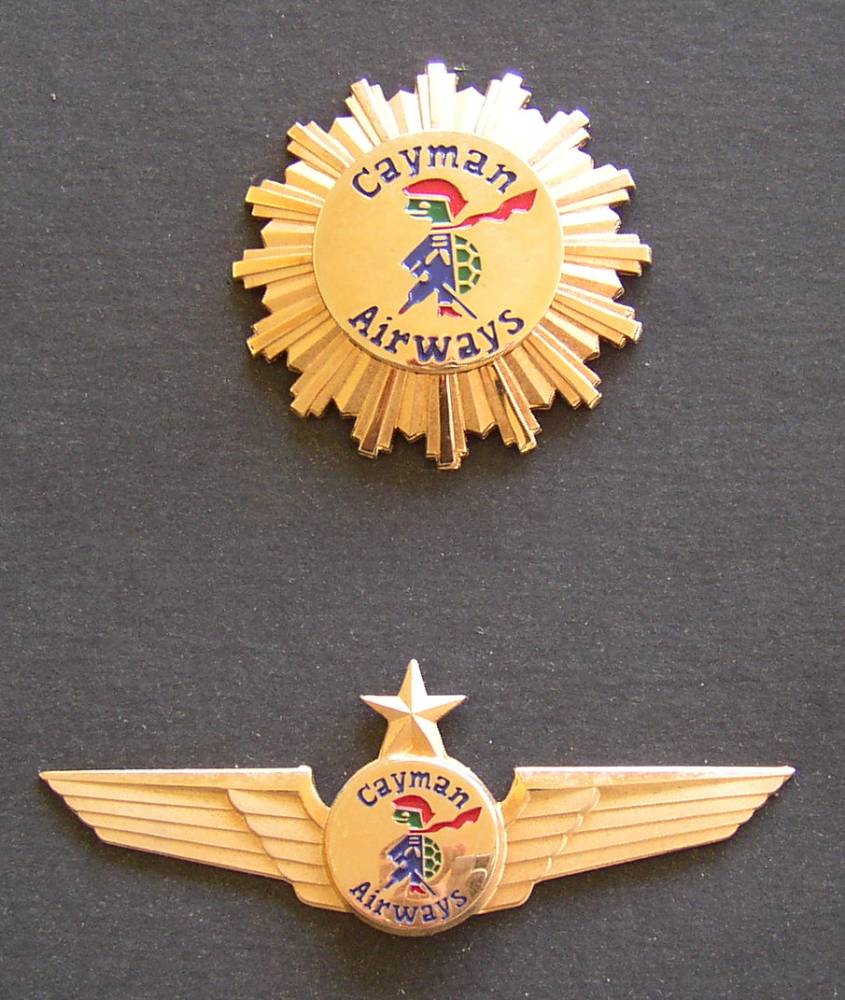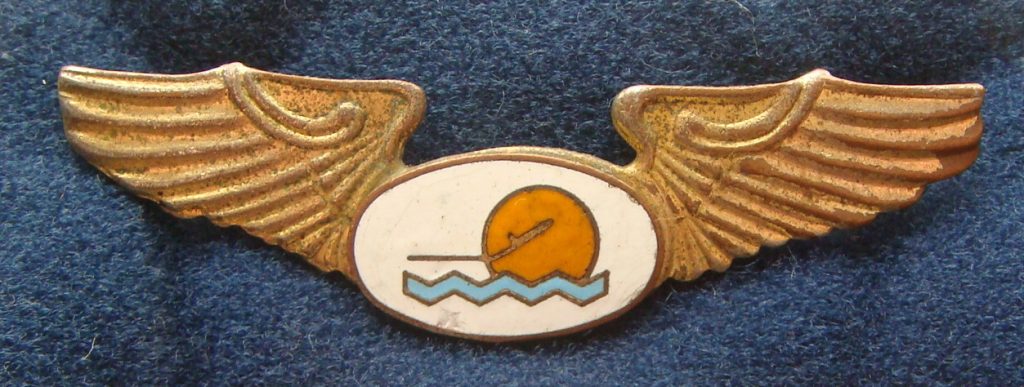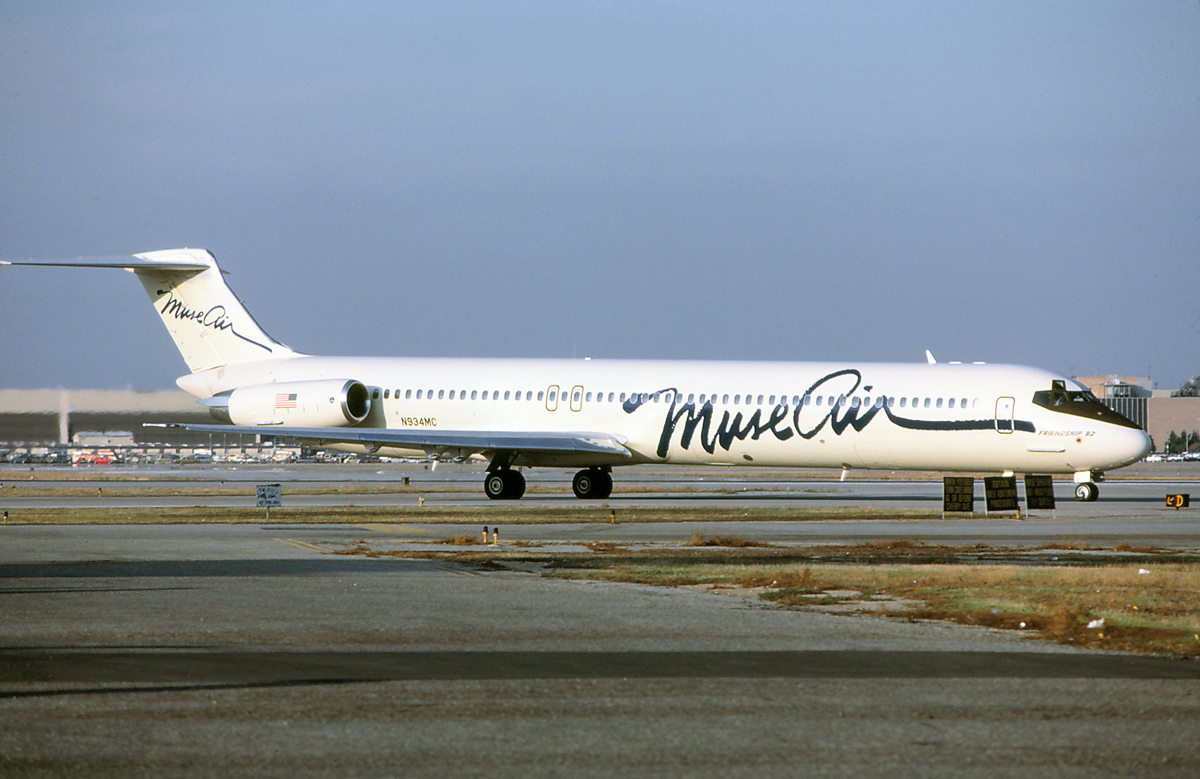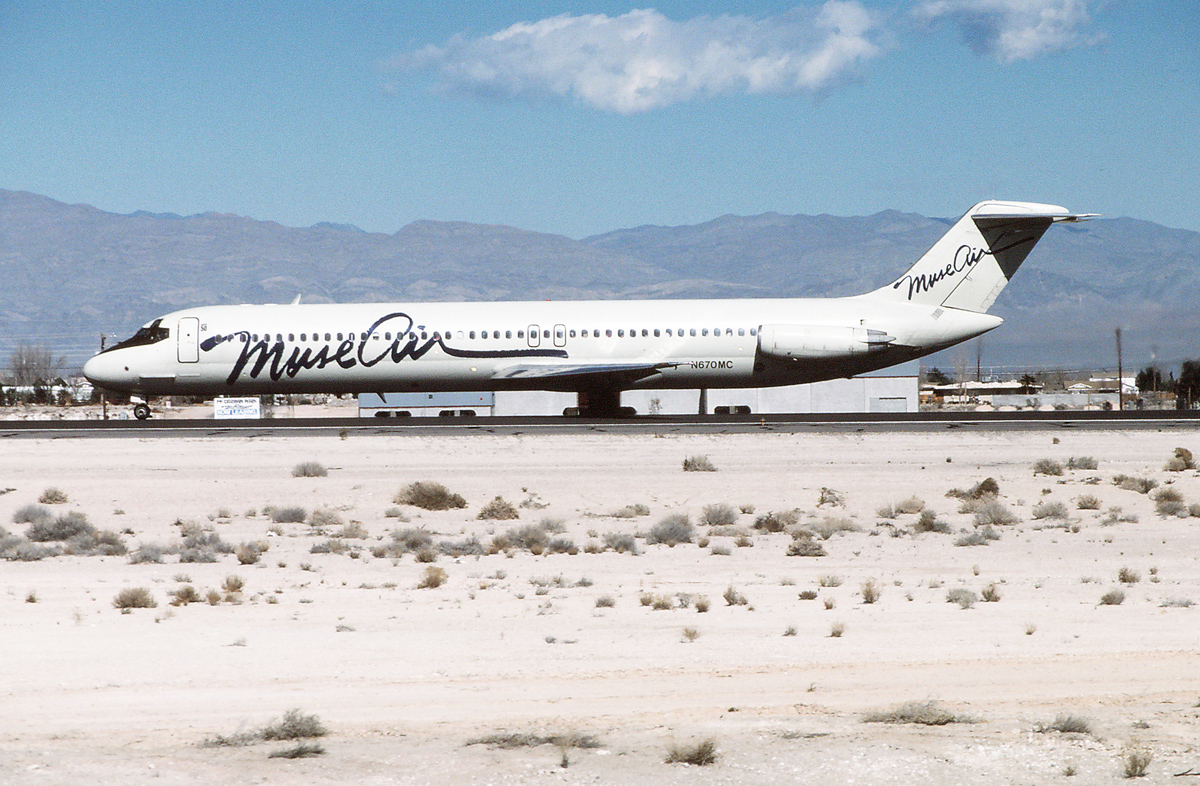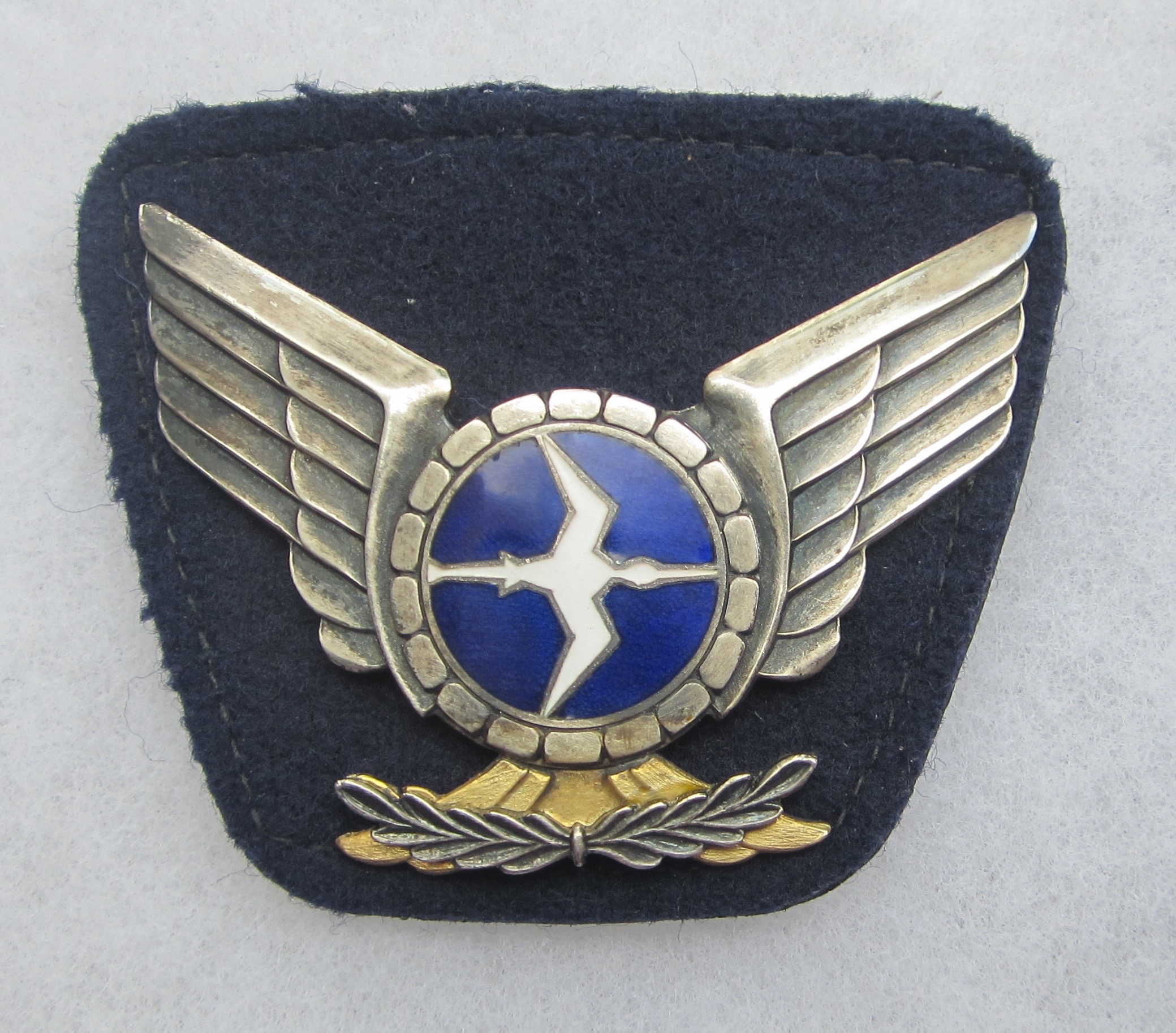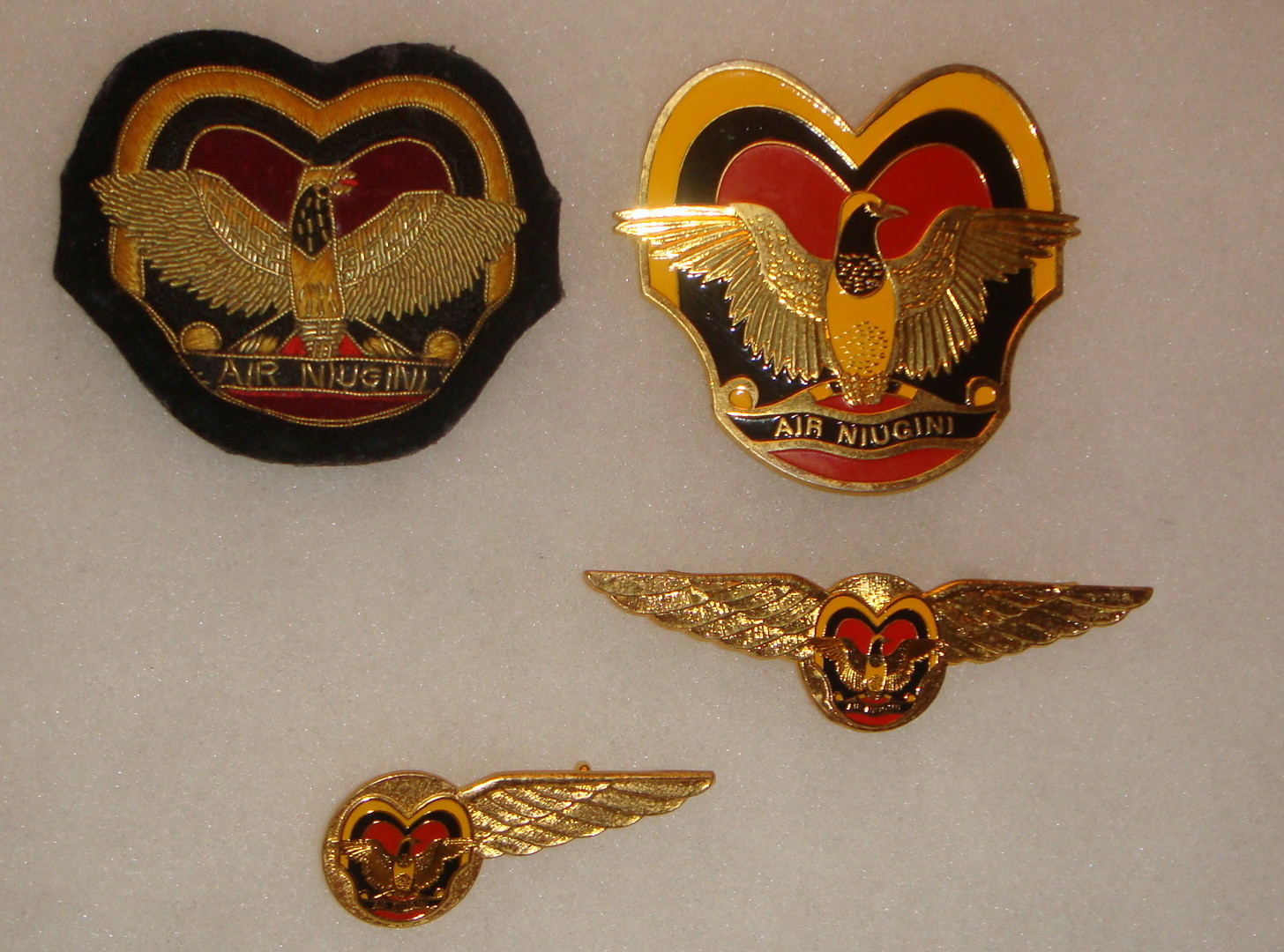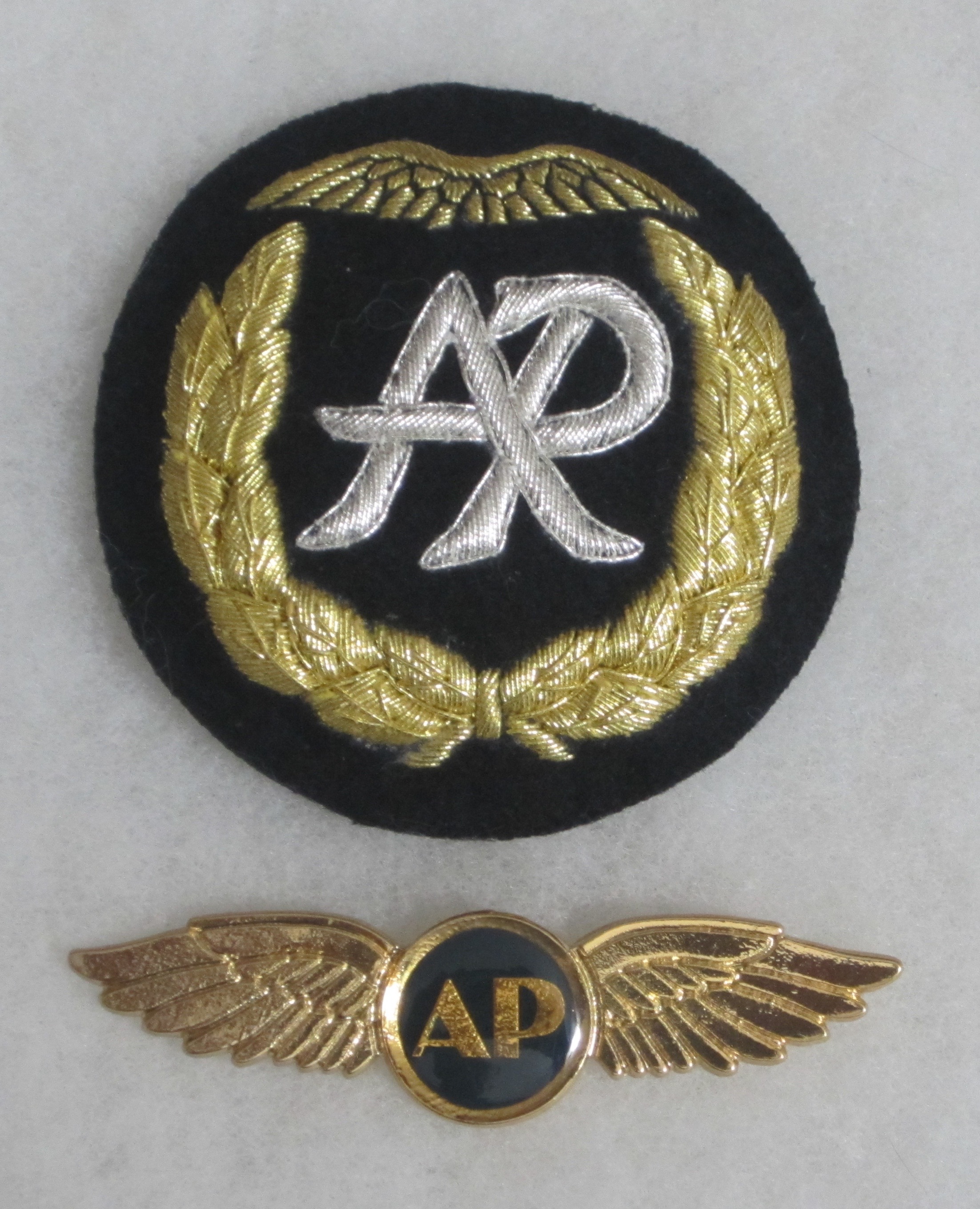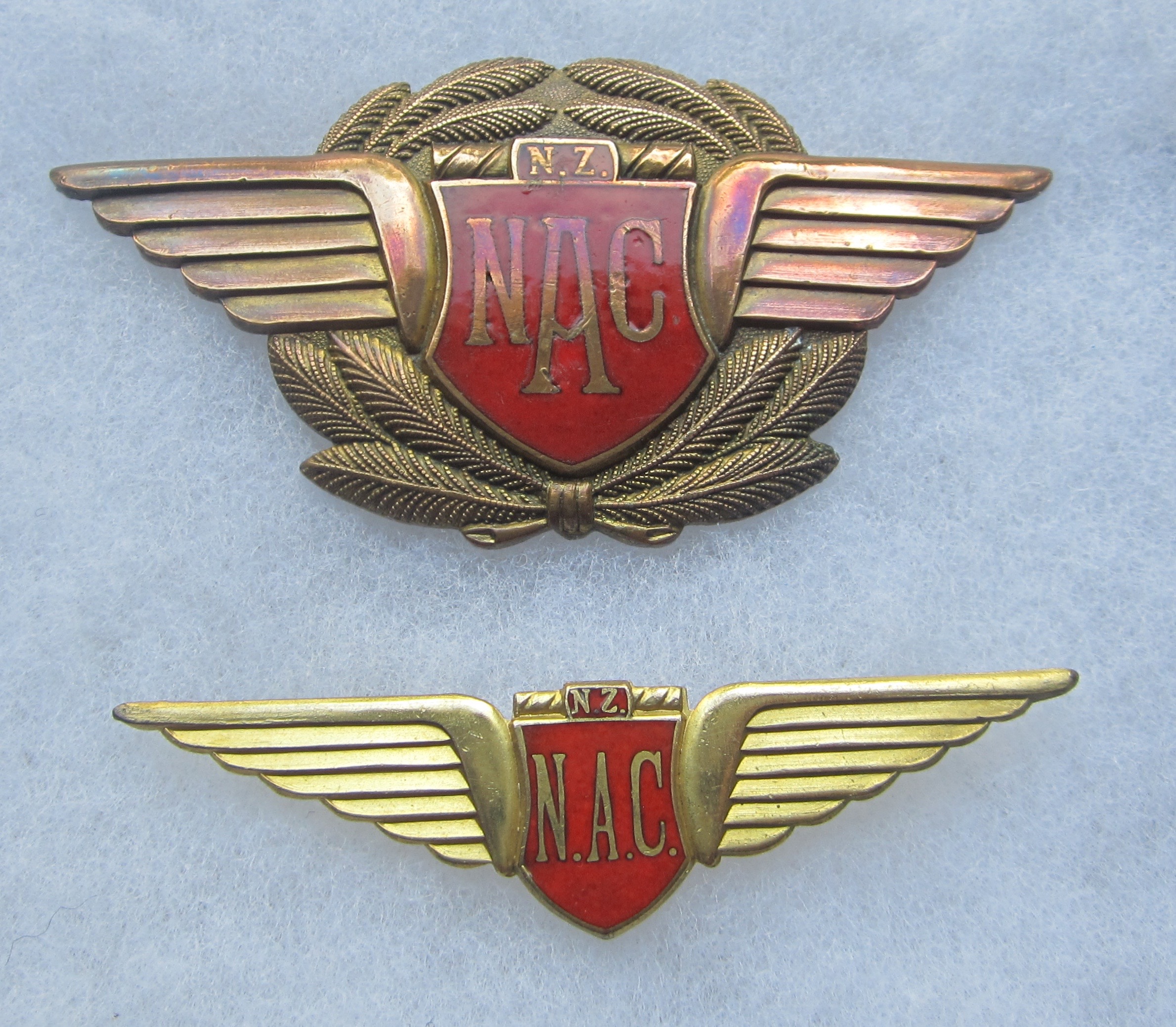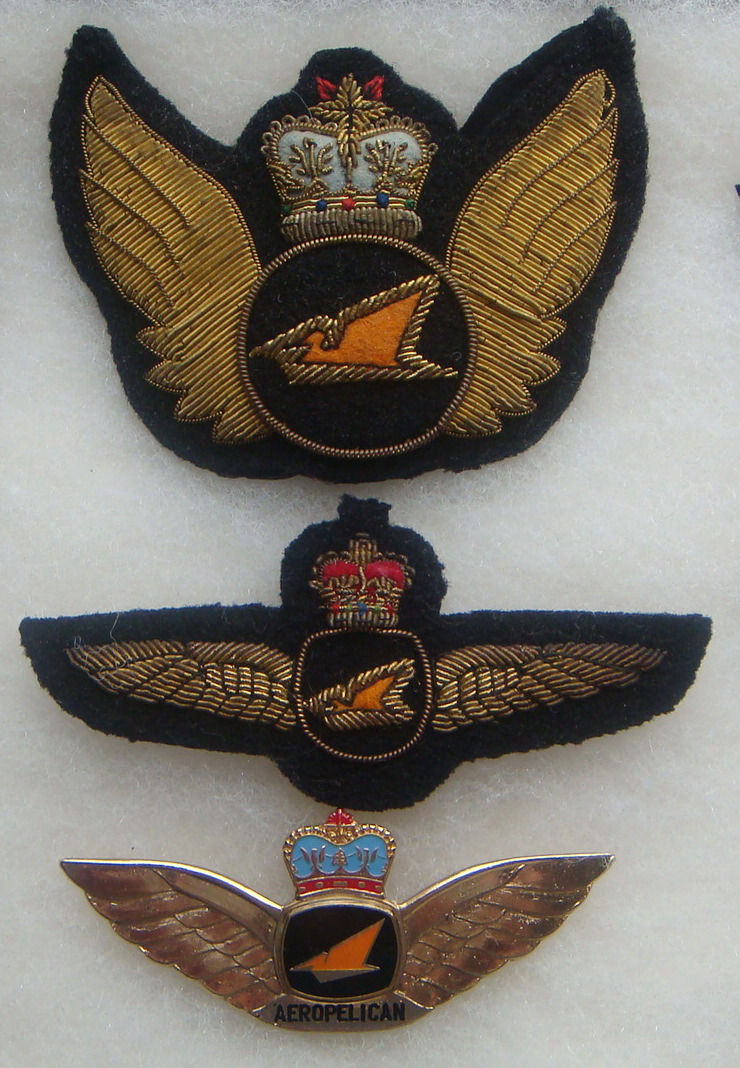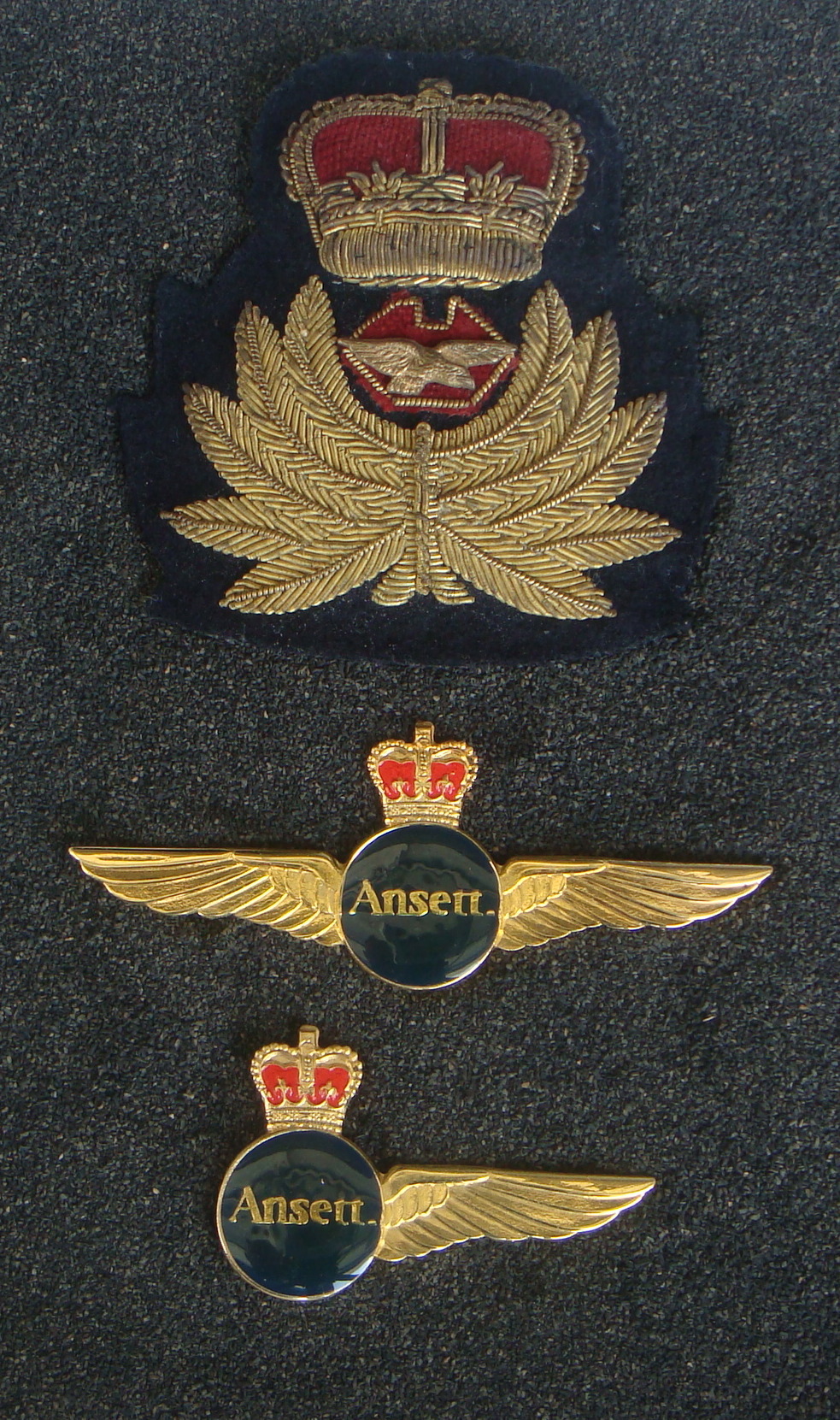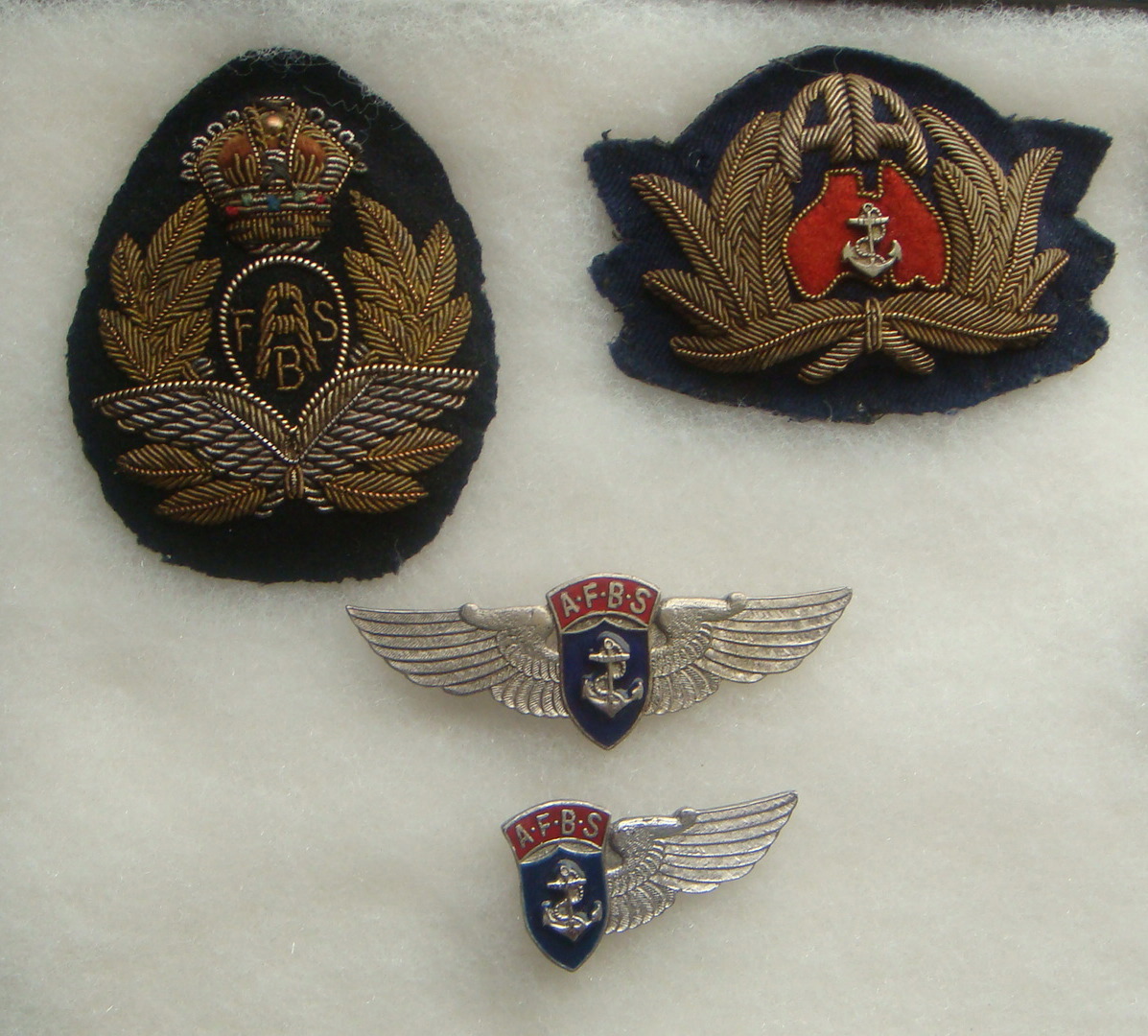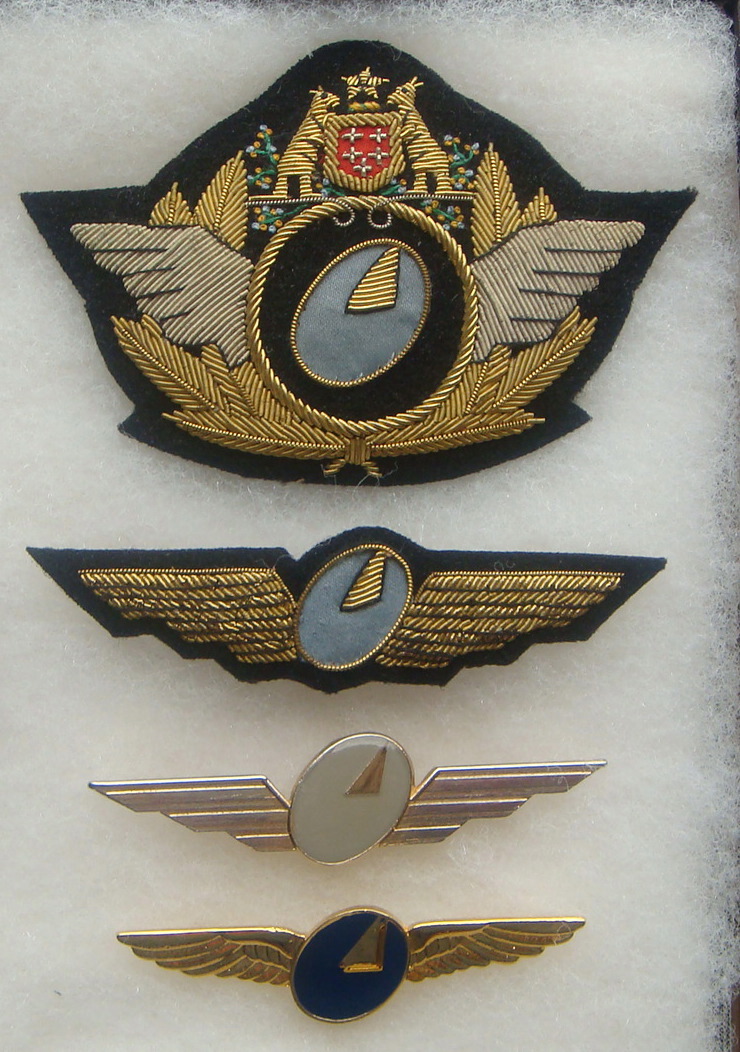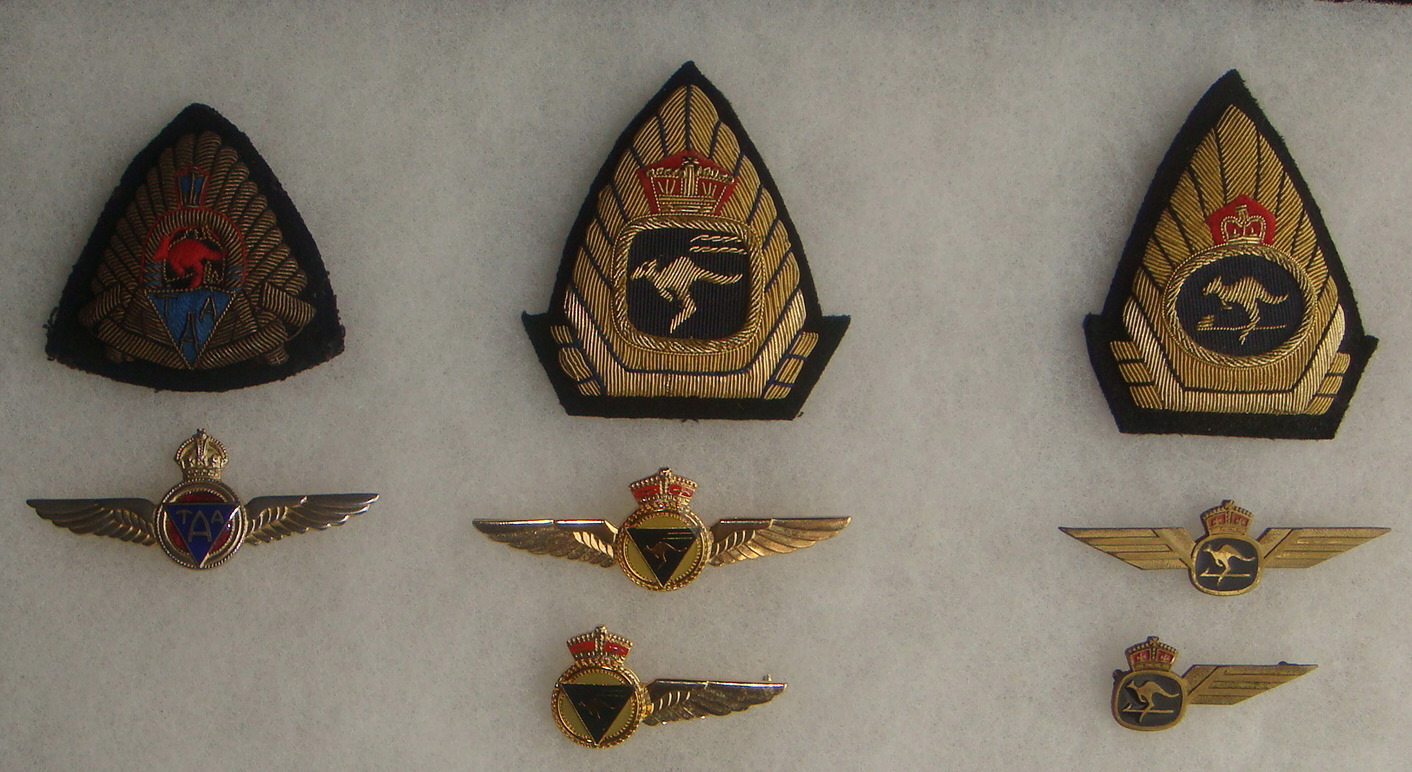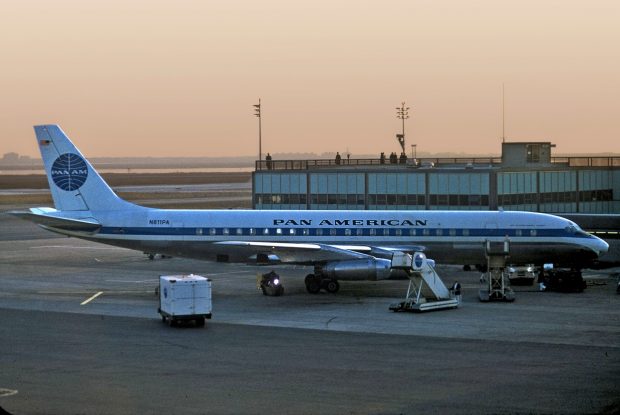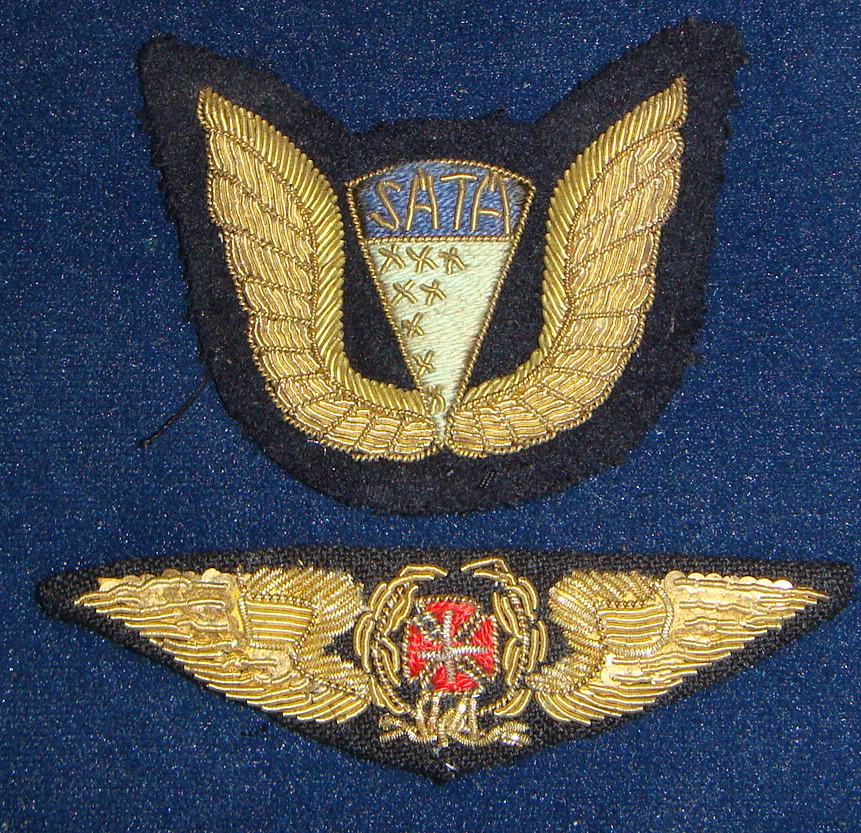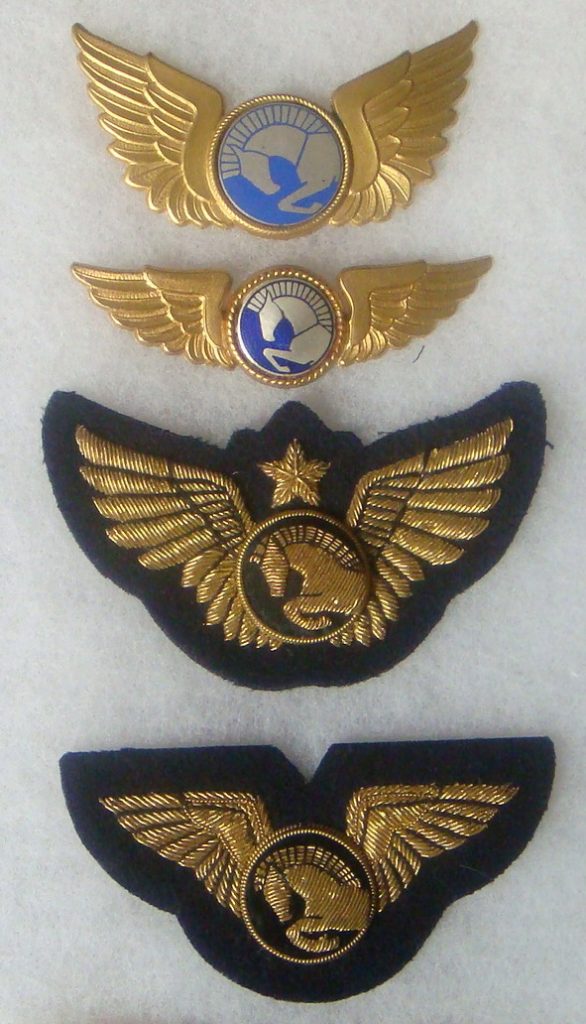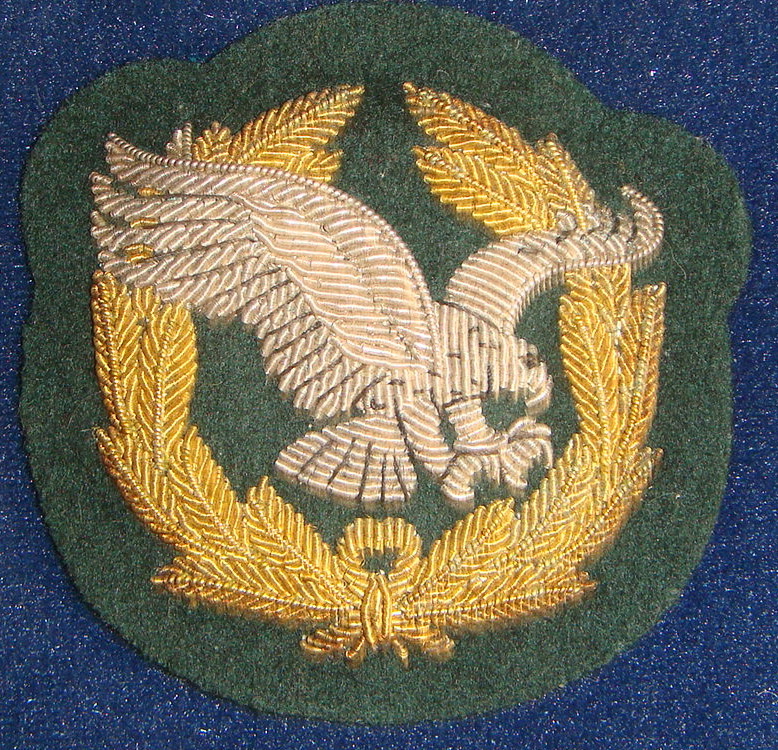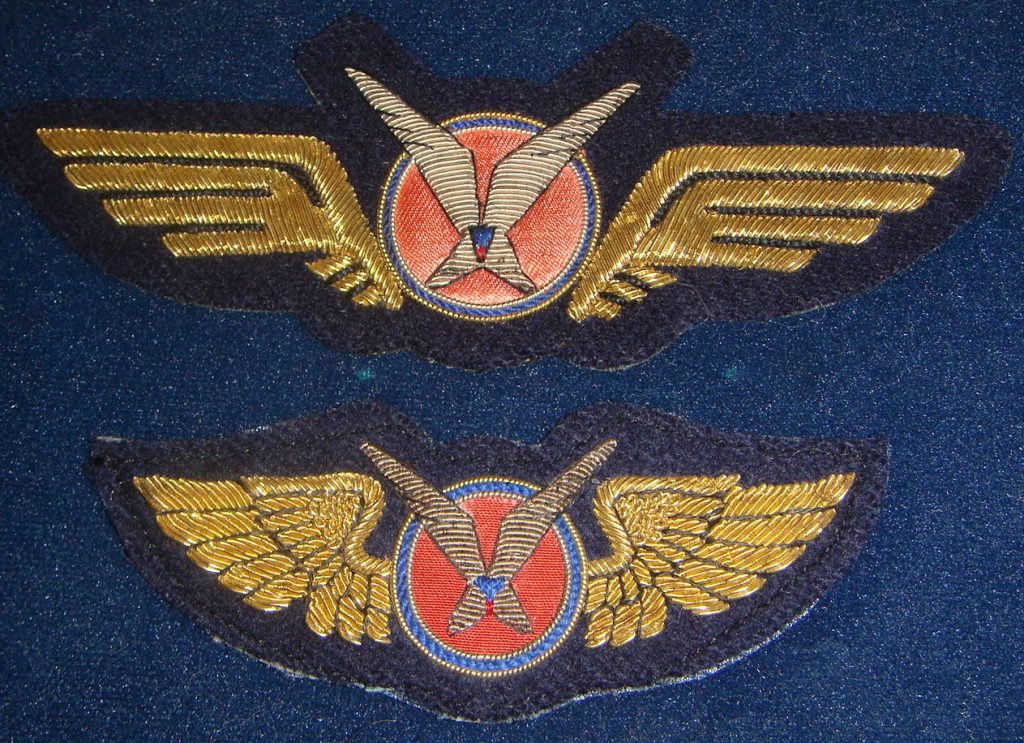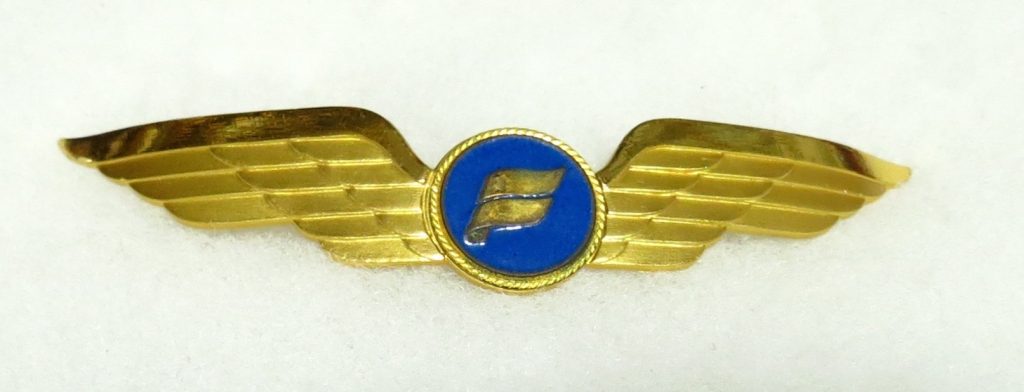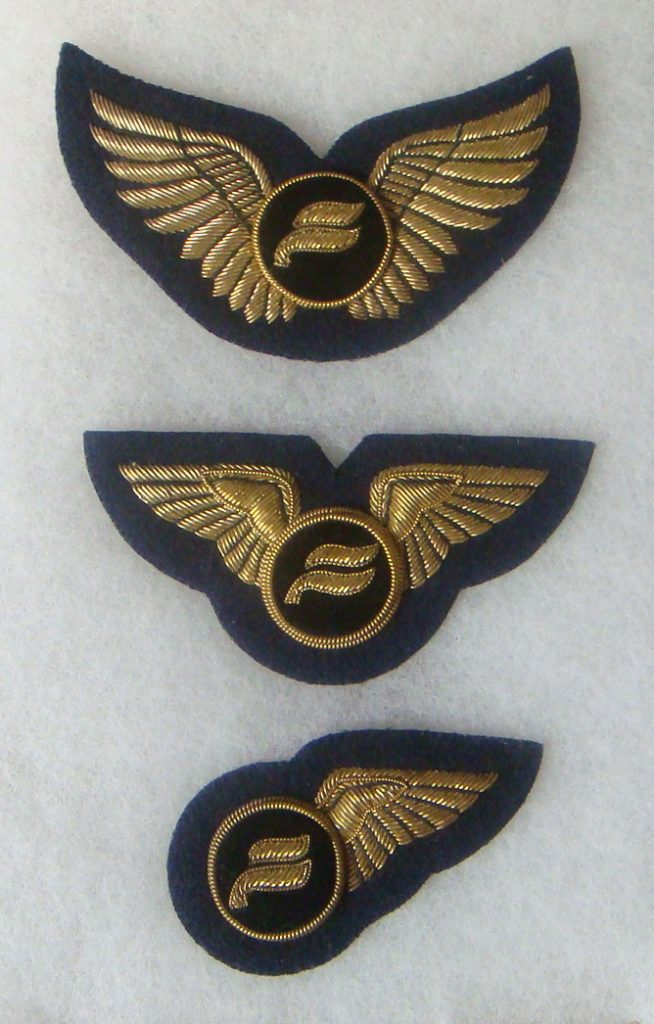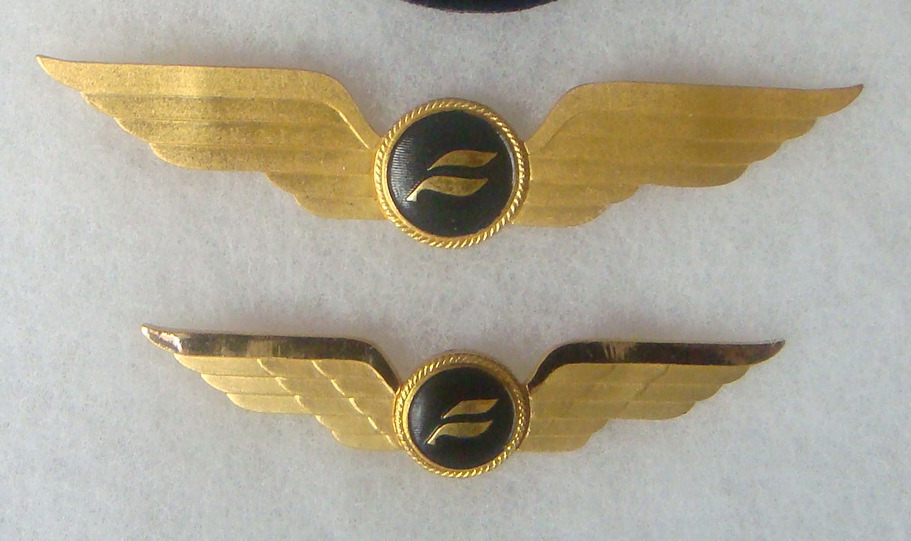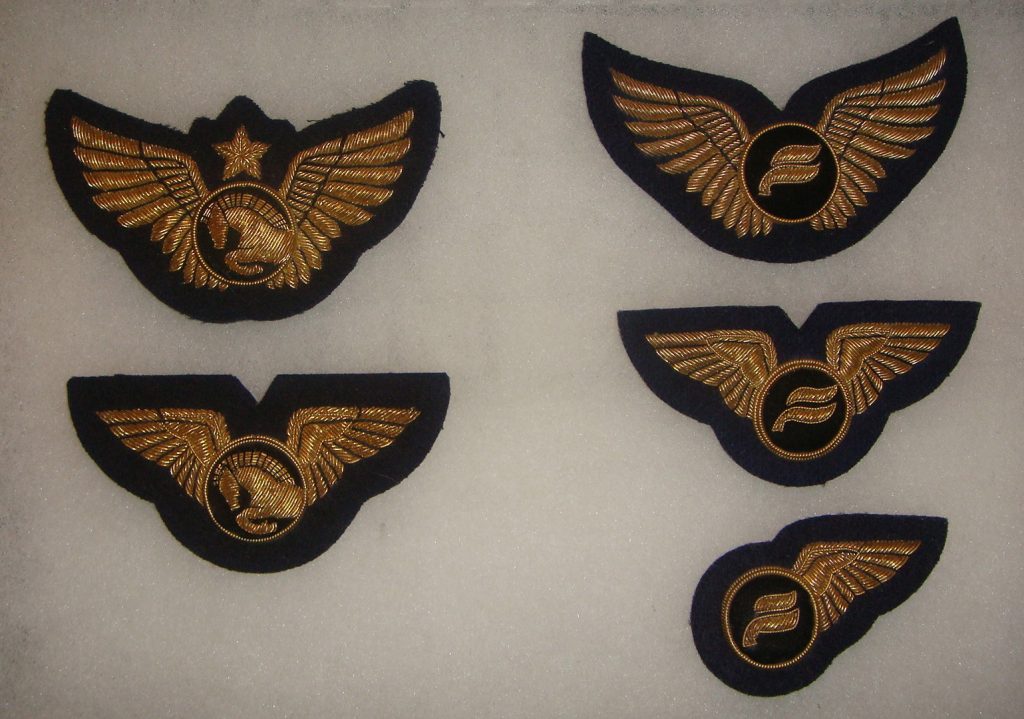
Oh, Canada – Air Canada
Written by Charlie Dolan
Air Canada (AC – ACA) began life as Trans Canada Airlines in 1937. It operated under that name (in English) until 1965, when the carrier adopted its French name “Air Canada” as its identity as the flag carrier for our neighbor to the north. The change of name was reflected in new livery for the aircraft, new corporate logos and extensive uniform changes. Over the years, Air Canada and Canadian (Canadien) Pacific Air Lines were the major competitors for air travel by Canadians. Smaller carriers, such as Nordair, Quebecair, Pacific Western Airlines and Eastern Provincial Airways were merged into one or the other of the big two carriers. It was during this period that Canadian Pacific Air Lines became Canadian (ien) Airlines. In 2000, Air Canada acquired Canadian Airlines, thus removing its biggest competitor.
In 2019, Air Canada received approval to purchase Transat A. T., which was the parent company of Air Transat. It’s anyone’s guess as to how large Air Canada will grow.
Future (several) articles will cover other Canadian airline companies. I was stationed at Dorval Airport (CYUL) for eight years and that was where I began collecting.

TCA flight engineer wing. An “E” replaces the “speedbird” at the center of the wing. The navigator’s wing had an “N” at the center.
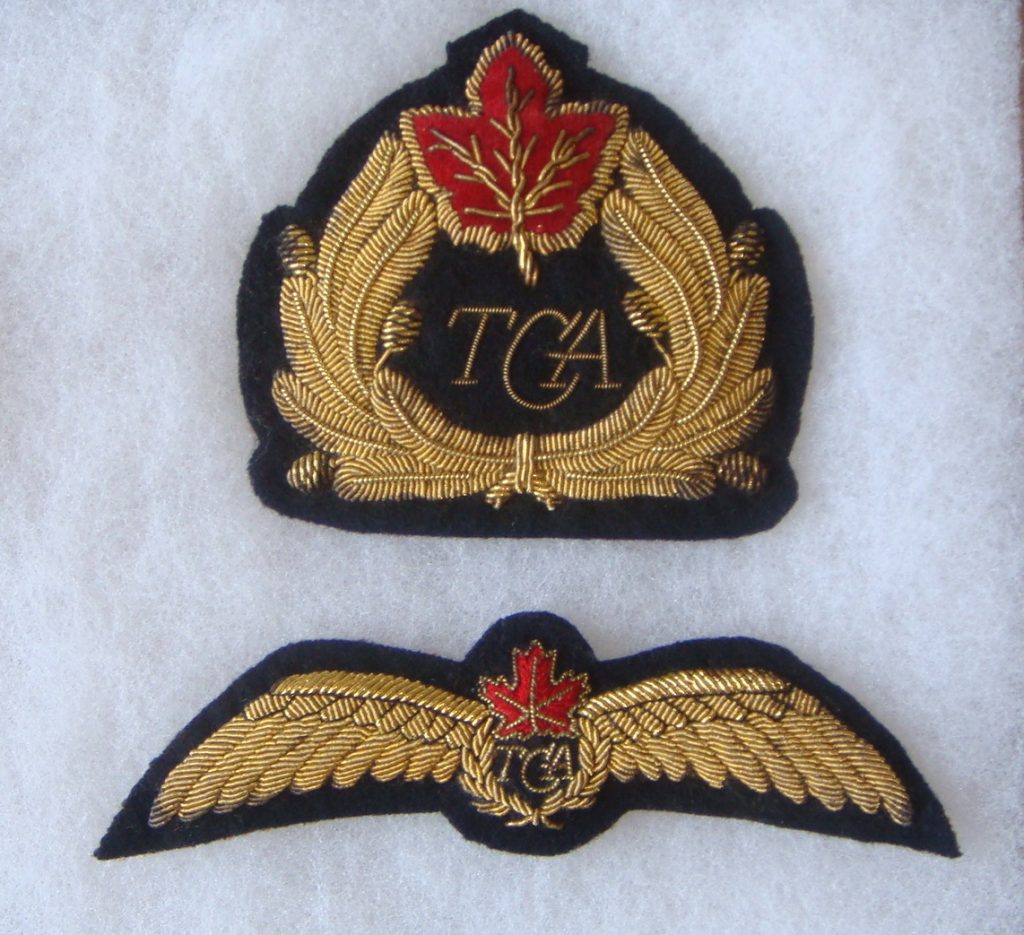
Bullion TCA wing and cap badge circa 1949 during a “tiff” with BOAC when the “speedbird” was removed from the uniforms. The metal TCA insignia with the “speedbird” returned and were used untll 1965, when Air Canada became the new name
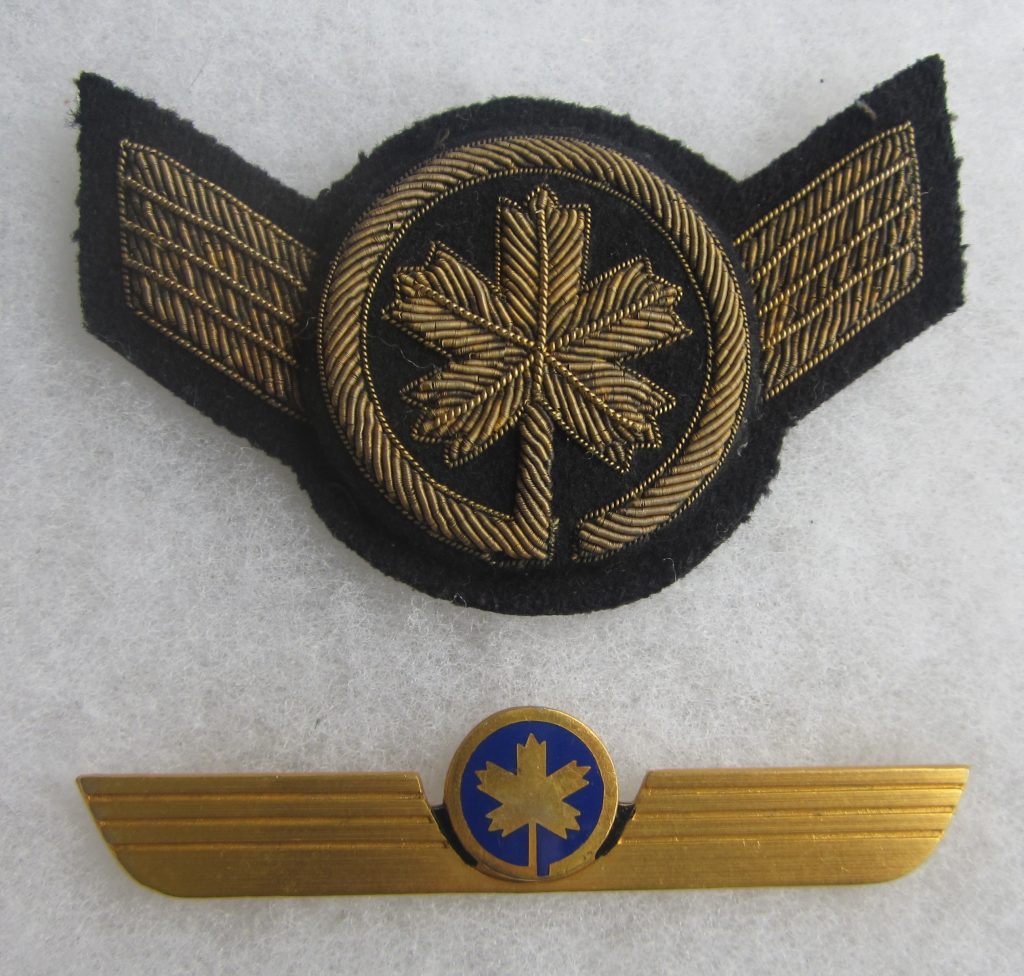
Air Canada’s first insignia. The cap badge was short lived, but the wing is a mystery to me and other collectors. The wing had various colors behind the maple leaf. I have seen blue, yellow, white, red and green (or turquoise) enamel. Whether these colors represented crew members’ home base or job classification has not been determined. Air Canada pioneers and the wing manufacturer hav been unable to answer the question. Any information would be greatly appreciated

More colorful cap badge and squared off wing in metal and bullion. These were used in the 1960s and I have seen white behind the maple leaf of the cap badge which might be related to the color issue with the former wing insignia. All pilot ratings wore the same style wing
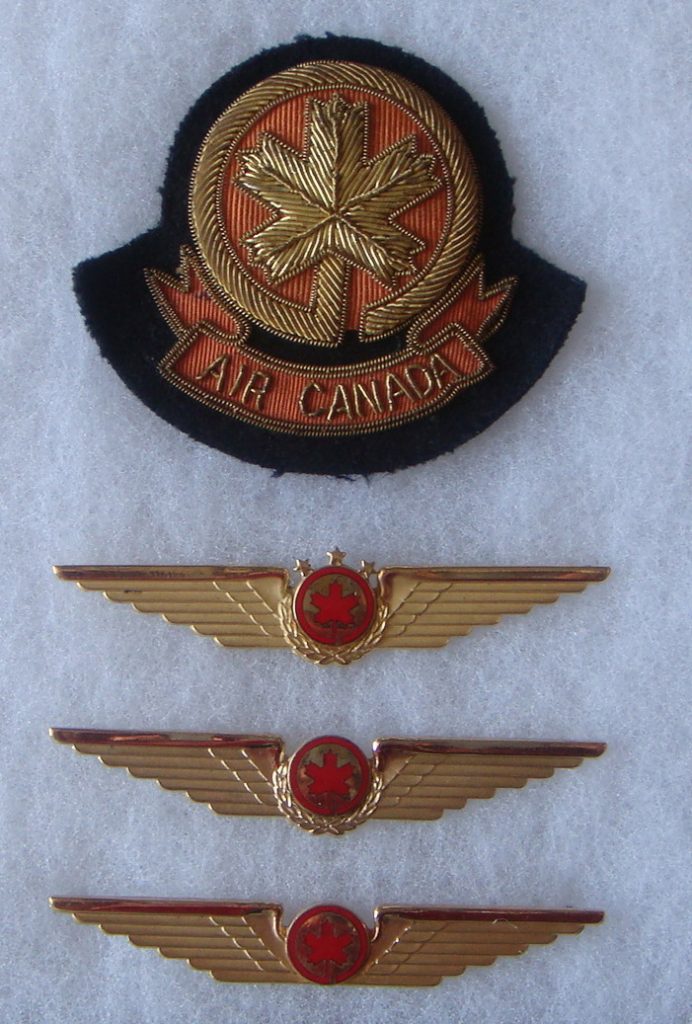
New wings of the 1980s indicated the rating of the pilots. Captains had three stars over the center disc, which was surrounded with leaves. First Offices had leaves around the disc, but no stars. Second officers had a plain disc
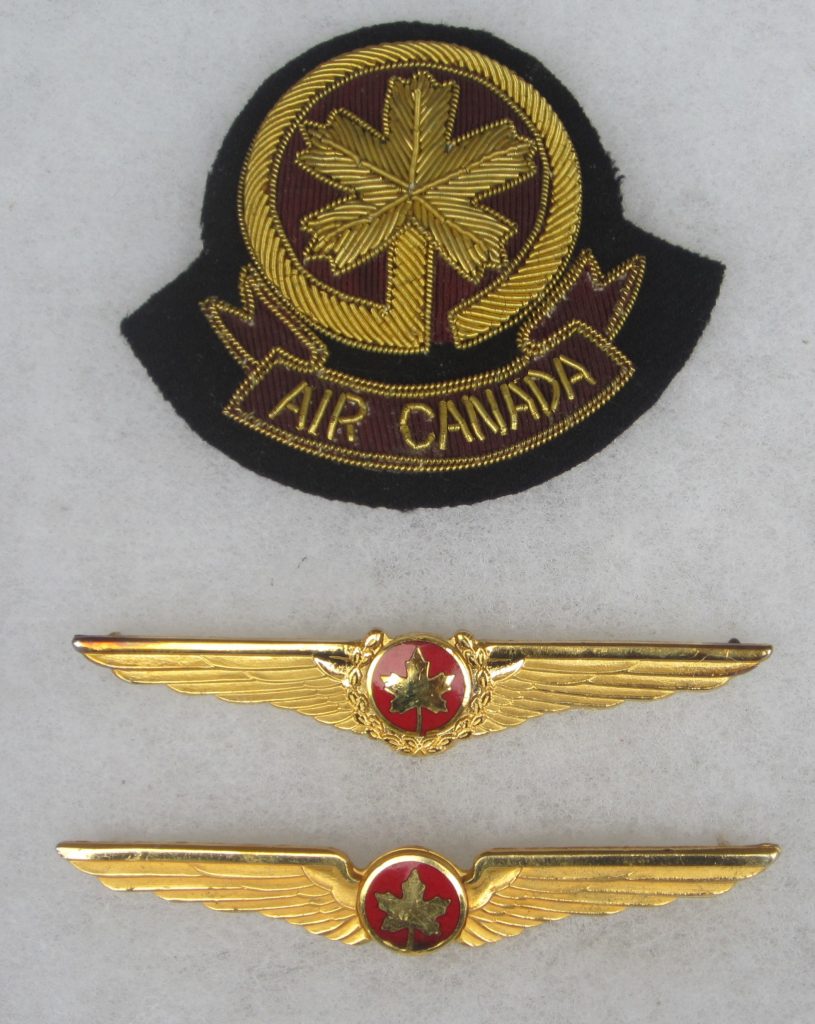
The current style wing has the disc in red with the maple leaf in brass metal color. With only two flight crew, the F.O has a plain disc and the Captain has a wreath around the disc. I understand that the new cap badge has the maple leaf and circle in gold bullion thread, but the scroll with “Air Canada” has been deleted. A plan to have “AIR CANADA” in gold bullion at the front of the chin strap was not adopted





